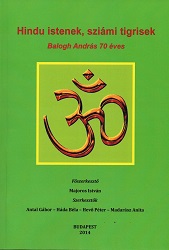
We kindly inform you that, as long as the subject affiliation of our 300.000+ articles is in progress, you might get unsufficient or no results on your third level or second level search. In this case, please broaden your search criteria.

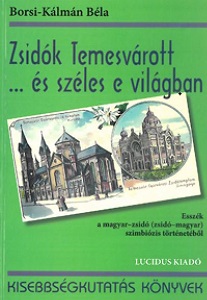
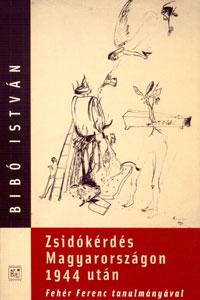




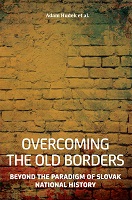
Jews were given a guarantee of equality by the Emancipation Act no. XVII/1867, which meant the same role for them like for all other citizens of Europe: to fulfil civil obligations and be loyal to the Hungarian statehood and the crown. They had to stop operating as a separate unit, that is, they had to suppress through reforms the cultural and ethnic particularities that distinguished them from the rest of the population and, consequently, to blend in with the majority, keeping their own religion at the most. Assimilation was intended as the consequence of emancipation and, in fact, its fulfilment. Such a liberal model, based on the Enlightenment ideals of the French Revolution, was in place everywhere in Western Europe. In the Hungarian intentions the assimilation had to take place toward the dominant ethnic Hungarian (Magyar) culture in order to strengthen its tenuous position within the boundaries of the historic Kingdom of Hungary, or, in other words, to increase at least statistically the number of ethnic Hungarians compared to other “nationalities”. In the beginning of the 20th century, Jews in Hungary amounted to about 6 % of the total population, which was a really high number compared with 1 % in Germany. The assimilation process in Hungary took place much faster than in Western Europe, or in less time, generally between the Compromise and World War I, and was most evident in the area of language. The difference was also in the fact that while the assimilation took place in the West in strong national cultures and modern economies, in Hungary it unrolled in generally less developed economic, cultural and political conditions.
More...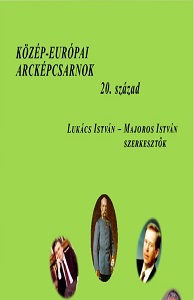
The unparalled military intervention on July 6, 1944 by Colonel Ferenc Koszorus and the Hungarian First Armored Division under his command foiled a coup-like action planned by State Secretary Laszlo Baky. Backed by thousands of gendarmerie, Baky was poisd to deport approximately 250,000 Jews, including refugees, living in Budapest to the Nazi German death camps. A few debate as to who should be deemed primarily res-ponsible for the so-called Koszorus „action”. Should it be the Regent Ad-miral Miklos Horthy, who ordered the First Armored Division into action, or Colonel Koszorús, who after volunteering his services and requesting an order to block Baky, successfully carried out the order. Nonetheless, it is beyond dispute that this casualty-free military operation in German oc-cupied Hungary resulted in the survival of thousands.The article written by Géza Gecse describes the tragic situation in oc-cupied Hungary in 1944. He also sheds light on incontrovertible facts de-monstrating that consistent with their duty of loyalty, there were patriotic and humanitarian Hungarian soldiers who were prepared to act at great danger to themselves even in this dark and perilous time.
More...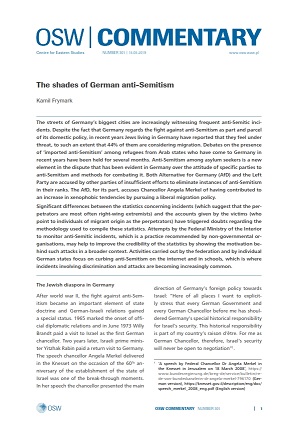
The streets of Germany’s biggest cities are increasingly witnessing frequent anti-Semitic incidents. Despite the fact that Germany regards the fight against anti-Semitism as part and parcel of its domestic policy, in recent years Jews living in Germany have reported that they feel under threat, to such an extent that 44% of them are considering migration. Debates on the presence of ‘imported anti-Semitism’ among refugees from Arab states who have come to Germany in recent years have been held for several months. Anti-Semitism among asylum seekers is a new element in the dispute that has been evident in Germany over the attitude of specific parties to anti-Semitism and methods for combating it. Both Alternative for Germany (AfD) and the Left Party are accused by other parties of insufficient efforts to eliminate instances of anti-Semitism in their ranks. The AfD, for its part, accuses Chancellor Angela Merkel of having contributed to an increase in xenophobic tendencies by pursuing a liberal migration policy. Significant differences between the statistics concerning incidents (which suggest that the perpetrators are most often right-wing extremists) and the accounts given by the victims (who point to individuals of migrant origin as the perpetrators) have triggered doubts regarding the methodology used to compile these statistics. Attempts by the Federal Ministry of the Interior to monitor anti-Semitic incidents, which is a practice recommended by non-governmental organisations, may help to improve the credibility of the statistics by showing the motivation behind such attacks in a broader context. Activities carried out by the federation and by individual German states focus on curbing anti-Semitism on the internet and in schools, which is where incidents involving discrimination and attacks are becoming increasingly common.
More...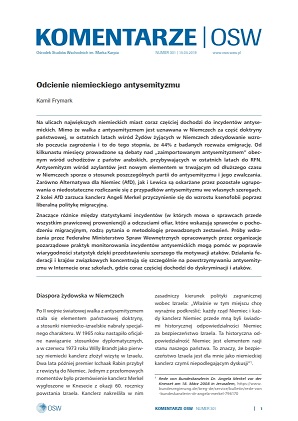
Na ulicach największych niemieckich miast coraz częściej dochodzi do incydentów antysemickich. Mimo że walka z antysemityzmem jest uznawana w Niemczech za część doktryny państwowej, w ostatnich latach wśród Żydów żyjących w Niemczech zdecydowanie wzrosło poczucia zagrożenia i to do tego stopnia, że 44% z badanych rozważa emigrację. Od kilkunastu miesięcy prowadzone są debaty nad „zaimportowanym antysemityzmem” obecnym wśród uchodźców z państw arabskich, przybywających w ostatnich latach do RFN. Antysemityzm wśród azylantów jest nowym elementem w trwającym od dłuższego czasu w Niemczech sporze o stosunek poszczególnych partii do antysemityzmu i jego zwalczania. Zarówno Alternatywa dla Niemiec (AfD), jak i Lewica są oskarżane przez pozostałe ugrupowania o niedostateczne rozliczanie się z przypadków antysemityzmu we własnych szeregach. Z kolei AfD zarzuca kanclerz Angeli Merkel przyczynienie się do wzrostu ksenofobii poprzez liberalną politykę migracyjną. Znaczące różnice między statystykami incydentów (w których mowa o sprawcach przede wszystkim prawicowej proweniencji) a odczuciami ofiar, które wskazują sprawców o pochodzeniu migracyjnym, rodzą pytania o metodologię prowadzonych zestawień. Próby wdrażania przez Federalne Ministerstwo Spraw Wewnętrznych opracowanych przez organizacje pozarządowe praktyk monitorowania incydentów antysemickich mogą pomóc w poprawie wiarygodności statystyk dzięki przedstawieniu szerszego tła motywacji ataków. Działania federacji i krajów związkowych koncentrują się szczególnie na powstrzymywaniu antysemityzmu w Internecie oraz szkołach, gdzie coraz częściej dochodzi do dyskryminacji i ataków.
More...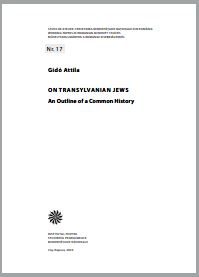
Many and from many angles have discussed the history of the Transylvanian Jewry. Yet the matter has not lost its topicality, and the possibilities of interpretation continue to be there. The paper deals with the history of the Transylvanian Jews as a history of integration, and creates a synthesis of the body of knowledge gathered until the present day in the light of that point of view, as a function of identity/ies and loyalty/ies. It covers a large time frame from the first Jews settled in the Transylvanian territory to the present-day situation. The author describes and analyses the most important events like the 1623 Edict of Prince Gabriel Bethlen (1613-1629), or the issue of the assimilation in the 19th century. The paper deals with the modern anti-Semitism, Holocaust, identity problems and with the Sionism as well. The paper makes an attempt to create a synthesis that can provide orientation in the matter for a larger audience, with only a sporadic knowledge about Transylvanian Jewry, as well as for the professionals of the field.
More...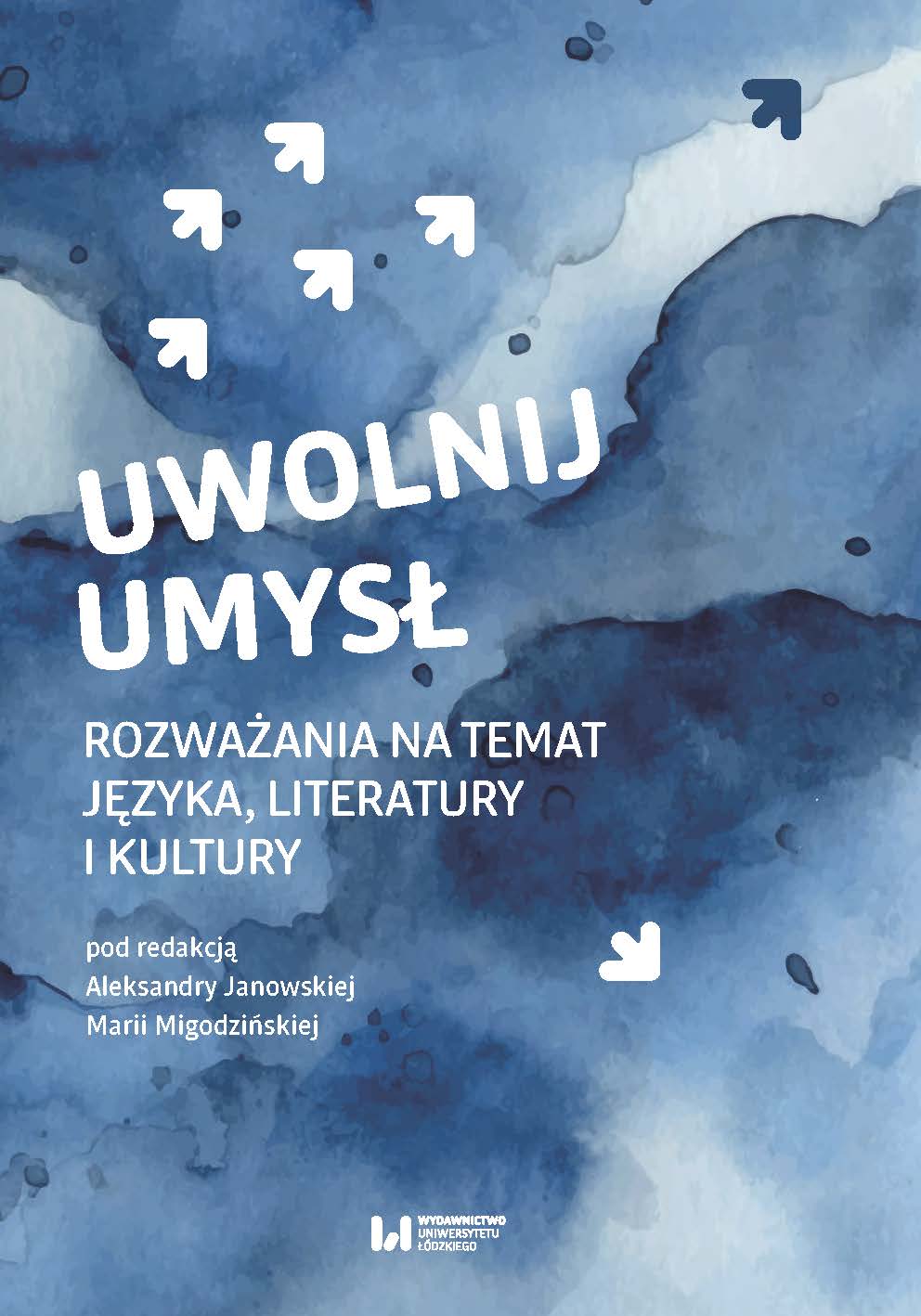
The research premise addresses the question whether and how the historical politics of Germany and Austria affects the cinematic representations of Jews. Both countries are responsible for the consequences of World War II, but they have dealt with their wartime heritage differently. The dissertation investigates to what extent the assumed rhetoric of the debate on Nazism and the Holocaust shapes the cinematic representations of Jews. Also, taking into account the present situation of the Jewish minority in these countries. Selected examples from Austrian and German films make up interesting research material for comparative analysis. By stressing possible similarities and differences between the two national cinemas, it allows to capture certain patterns in presenting Jews as well as indicates their national invariants. The methodological approach draws on theories in the field of memory studies. Particular attention is directed to the question whether analysed films reproduce anti-Semitic stereotypes, or whether their approach is creative and subversive. The dissertation also reflects on the problem whether the generation of Survivors and their descendants are presented in the same way, or whether their cinematic images are constructed in relation to the same or different stereotypes: the Jew as the Other, or the Jew as a Victim?
More...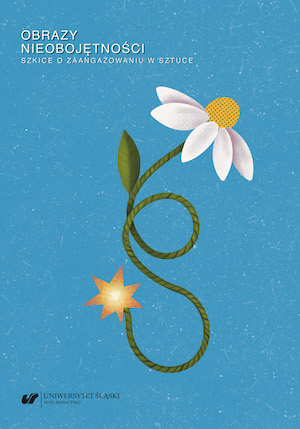
The author of the article focuses on the issue of anti-Semitism in Roman Dmowski’s publications, with particular attention paid to his novel Legacy. In the following steps of the analysis, the author describes the National Democracy ideologist’s attitude towards Jews in his official political writings and long prose pieces published under a pseudonym, showing the interdependencies between these two spheres of activity (political and artistic). The research uses mainly the tools of psychoanalysis and gender studies.
More...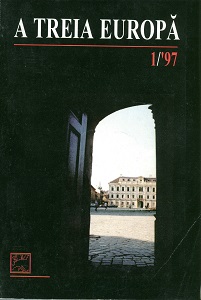
Mitteleuropa se naște sub semnul revizionismului. Se vor granițe noi, în numele unor criterii rasiale culminante la Auschwitz. De altfel, subliniază preopinenții lui Kundera (studiul său a stârnit nu doar aplauze furtunoase, ci și furtuni polemice), e corect să scriem că Mitteleuropa are, de fapt, două centre : Viena culturii și Auschwitz-ul asasinatului. Cei care privesc cu circumspecție termenul nu uită să evoce anii de formare ai lui Hitler, într-o Vienă antisemită. Mitul Vienei paradisiace este subminat de un altul, cel puțin la fel de viguros : acela al orașului infernal, aflat sub întreitul blestem al antisemitismului, al Casei imperiale degenerate și al kitsch-ului.
More...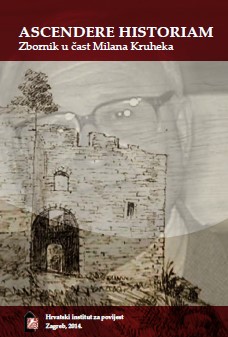
Besides the introductory notes on the position of the Jews and anti-Semitism in Russia, Germany and Hungary, the article deals with two sermons delivered by the Chief Rabbi of Zagreb, Dr Hosea Jacobi, on the celebration of Hanukah in November 1883 and on the occasion of the twenty-fifth anniversary of his rabbinic ministry in Zagreb on 14 January 1893. Regarding the first sermon, particularly interesting are the impressions overwhelming him while, for the first time, preaching in the synagogue in Croatian language. In the second sermon, he emphasized that Croatia is an example of a country in which Jews live peacefully and may develop their cultural, economic and religious potentials, in which they are spared of anti-Semitic assaults and hatred, to which they are exposed in many other countries. Both sermons are important as sources for the research of Croato-Jewish relations in the nineteenth century.
More...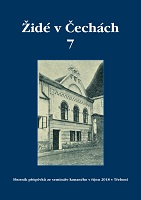
The Jewish community in the judicial district of Planá experienced significant changes from the late 19th century to the 1930s. By 1930, only a fraction of the original Jewish population remained, with many having moved to larger cities or emigrated abroad. The community faced severe persecution during the Holocaust, with most members being deported to ghettos and concentration camps, where they perished. The confiscation of Jewish property and its subsequent redistribution post-war further impacted the community. Detailed records from the 1930 census provide insights into the lives of the remaining Jewish families, their occupations, and their contributions to local society. Despite the tragic losses, the historical documentation preserved in various archives offers a poignant glimpse into the resilience and legacy of the Jewish community in Planá. The study emphasizes the importance of these records in understanding the broader socio-economic and cultural history of the region.
More...
The plight of Czechoslovak Jews under Soviet political repression from the 1920s to the 1950s is a harrowing tale of survival and persecution. Thousands of Czechoslovak citizens, including Jews, faced arrest, deportation, and execution under various waves of Soviet repression. Many were sent to Gulag labor camps, where survival depended on youth and health, with a significant number perishing. The research highlights the diverse backgrounds of the victims, from political emigrants and war prisoners to those fleeing Nazi persecution. Despite the harsh conditions, some managed to survive and later joined the Czechoslovak military units forming in the Soviet Union. The study underscores the importance of detailed archival research in uncovering these tragic histories and the resilience of those who endured such extreme adversity.
More...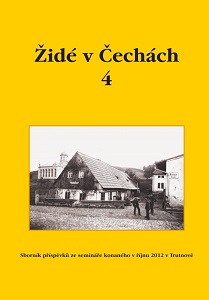
The document investigates the confiscation and handling of Jewish community assets in the occupied border regions during the Nazi era, focusing on the records from the Stillhaltekommissar für Organisationen Reichenberg and related institutions. It highlights the detailed financial records, including securities, real estate, and movable property, but notes the lack of information on the historical or artistic value of synagogue items, which were often melted down for their silver content. The study also examines the fate of Jewish community documents, such as financial books and membership records, which were often seized by the Gestapo. It discusses the administrative processes involved in the confiscation and the subsequent handling of these assets, including the involvement of various local and regional archives. The document underscores the challenges in tracing the history of these assets due to the destruction and dispersal of records during and after World War II. It concludes with reflections on the importance of preserving Jewish heritage and the ongoing efforts to document and understand the impact of these confiscations.
More...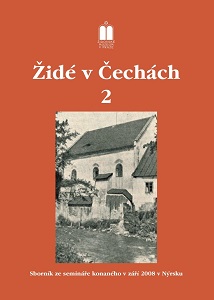
The Museum of the Royal Forest in Nýrsko aims to systematically document the history of the local Jewish community, which was once significant. In 2007, they contacted former residents, including Pavel Škorpil and William Tanzer, to gather memories and photographs. These narratives, along with archival research, have helped reconstruct the lives of Jewish citizens like Dr. Julius Tanzer and Leopold Goldbach. The project has uncovered stories of persecution during the Nazi occupation, with many community members deported and killed. Despite these hardships, the Jewish legacy in Nýrsko is preserved through personal recollections and historical records. The museum continues to collect and share these stories, highlighting the contributions and suffering of the Jewish population. The project also includes exhibitions and educational programs to raise awareness about the Jewish heritage in the region. The museum's efforts have been supported by local and international contacts, including descendants of former residents. The ongoing research aims to provide a comprehensive understanding of the Jewish community's impact on Nýrsko's history.
More...